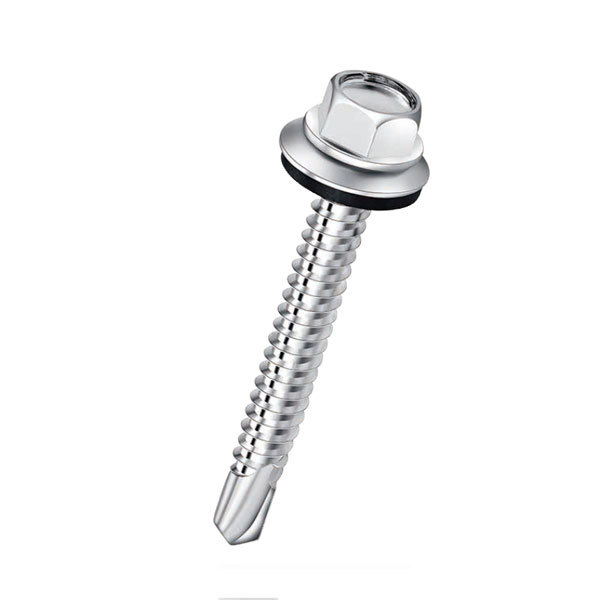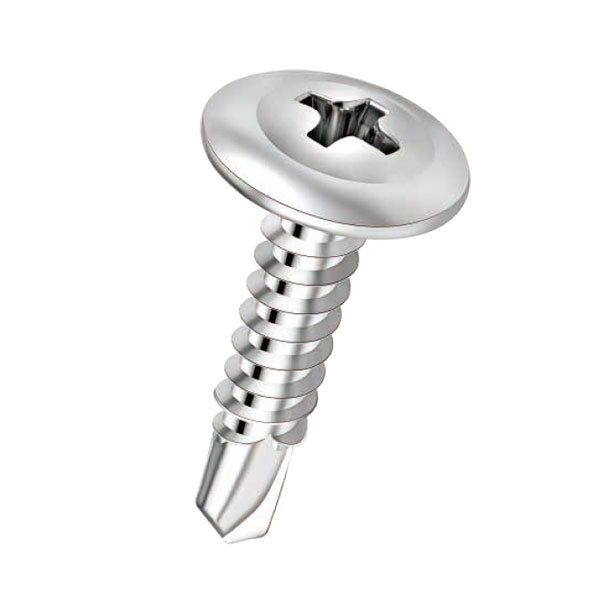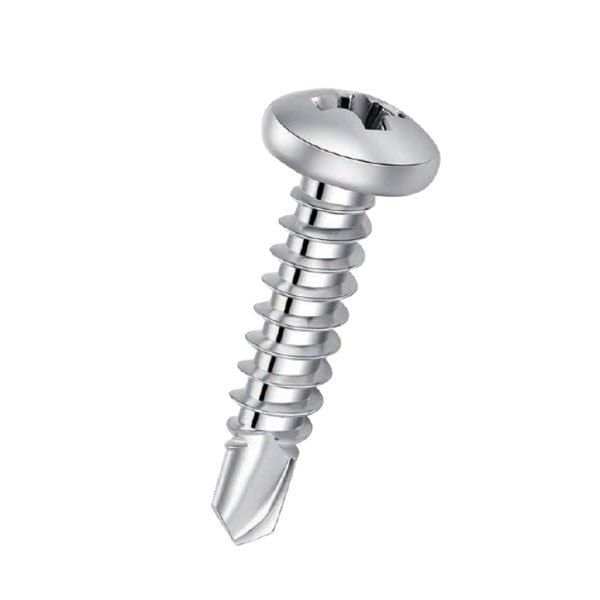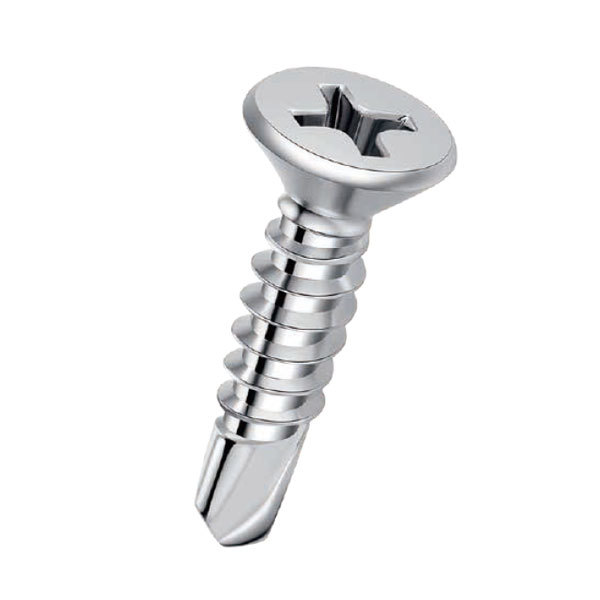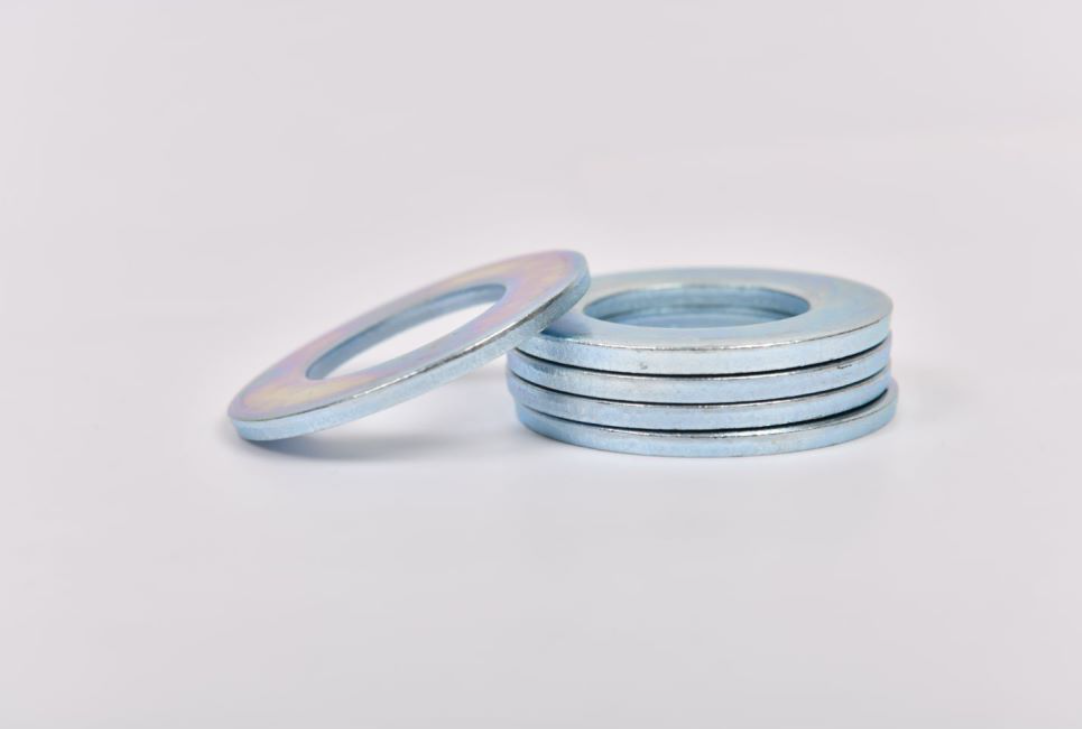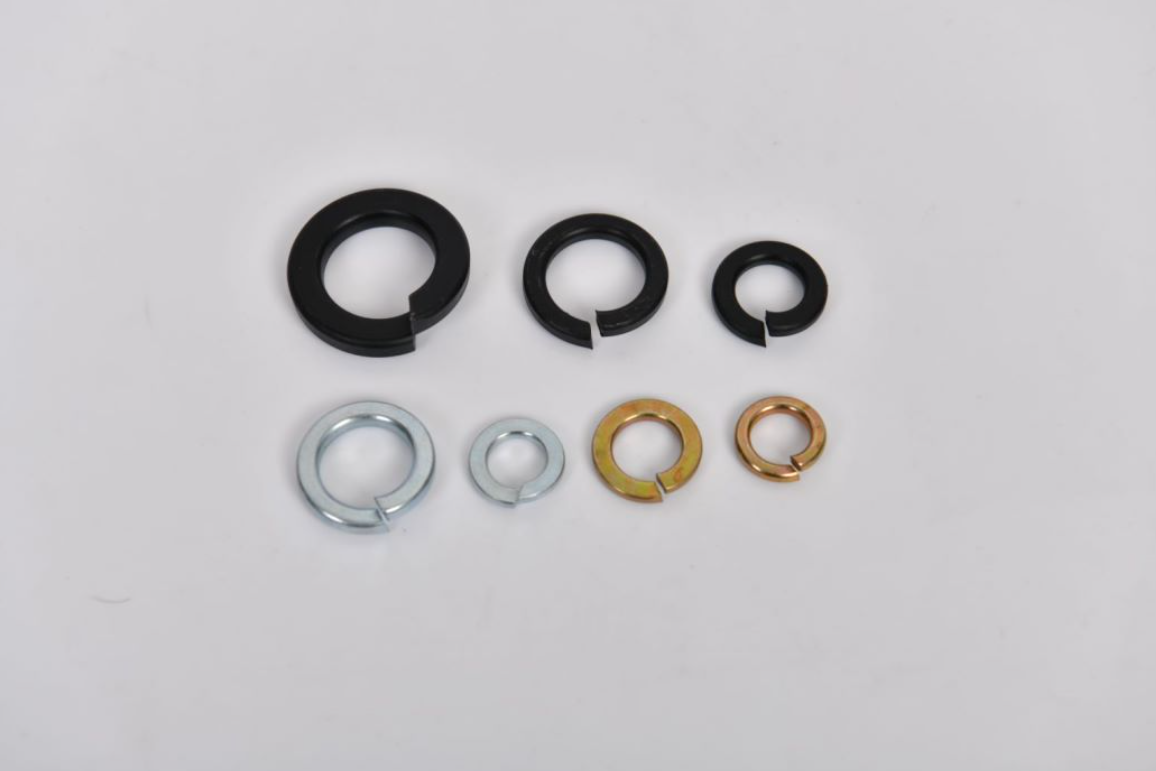Manufacturer Guide for M6 Self Tapping Screw Hole Size Specifications and Recommendations
Understanding M6 Self-Tapping Screw Hole Sizes A Guide for Manufacturers
In the realm of manufacturing and construction, the importance of choosing the right components cannot be understated. One of the more critical elements in this process is the self-tapping screw, specifically the M6 size, which is widely used across various applications. Understanding the hole size necessary for M6 self-tapping screws is essential for ensuring optimal performance, stability, and durability in your projects.
What is an M6 Self-Tapping Screw?
M6 refers to a screw with a diameter of 6 millimeters. Self-tapping screws are designed with sharp threading that can create their own hole as they are driven into materials, thereby eliminating the need for a pre-drilled pilot hole. This capability provides convenience and efficiency, which is why they are frequently used in metalworking, woodworking, and construction industries. These screws are particularly valuable in applications where a secure fastening is required, but where traditional screwed connections might be cumbersome or not practical.
Importance of Proper Hole Size
The hole size for an M6 self-tapping screw is critical to the screw’s performance. If the hole is too small, it may cause the screw to bind or strip, leading to inadequate fastening. Conversely, if the hole is too large, it may not hold the screw securely, resulting in a weak connection that can compromise the integrity of the assembly.
To ensure optimal performance, the recommended hole size for M6 self-tapping screws typically ranges between 5.0mm to 5.5mm in diameter, depending on the material being used. For softer materials like plastic or wood, a slightly smaller hole size can suffice, while harder materials like steel may require the upper end of that range.
Choosing the Right Material
The material of the base material into which the screw will be driven heavily influences the selection of the appropriate hole size. For instance, when working with softer materials such as aluminum or plastic, a bit larger hole may lead to a more secure fit less prone to stripping. On the other hand, harder materials might require precise hole sizing to ensure the self-tapping features are engaged effectively.
m6 self tapping screw hole size manufacturer

Popular Applications
M6 self-tapping screws are widely utilized in numerous industries, including automotive, aerospace, and general manufacturing. They are common in assembly lines where speed and reliability are essential. Additionally, furniture construction, electrical installations, and even DIY projects are areas where M6 self-tapping screws are frequently applied. Understanding the right hole size can make a significant difference in the overall success of the application.
Best Practices for Manufacturers
For manufacturers using M6 self-tapping screws, adhering to best practices is key. Here are some recommendations
1. Utilize the Right Tools Make sure that the drills and screwdrivers match the specifications needed for M6 screws. This minimizes the risk of stripped or damaged screws.
2. Test Different Hole Sizes Conduct tests with various hole sizes within the recommended range to determine what works best with your specific materials and applications.
3. Monitor Torque Pay attention to the torque applied when driving the screws. Excessive torque can strip the threads and render the joint ineffective.
4. Quality Assurance Regularly perform quality checks on both the screw and the hole size to ensure consistency and reliability.
In conclusion, understanding the hole sizes for M6 self-tapping screws is vital for manufacturers. By taking the time to consider the appropriate dimensions and adhering to industry best practices, you can ensure your projects maintain strength and reliability, ultimately leading to higher quality products and satisfied customers.
-
Top Choices for Plasterboard FixingNewsDec.26,2024
-
The Versatility of Specialty WashersNewsDec.26,2024
-
Secure Your ProjectsNewsDec.26,2024
-
Essential Screws for Chipboard Flooring ProjectsNewsDec.26,2024
-
Choosing the Right Drywall ScrewsNewsDec.26,2024
-
Black Phosphate Screws for Superior PerformanceNewsDec.26,2024
-
The Versatile Choice of Nylon Flat Washers for Your NeedsNewsDec.18,2024



